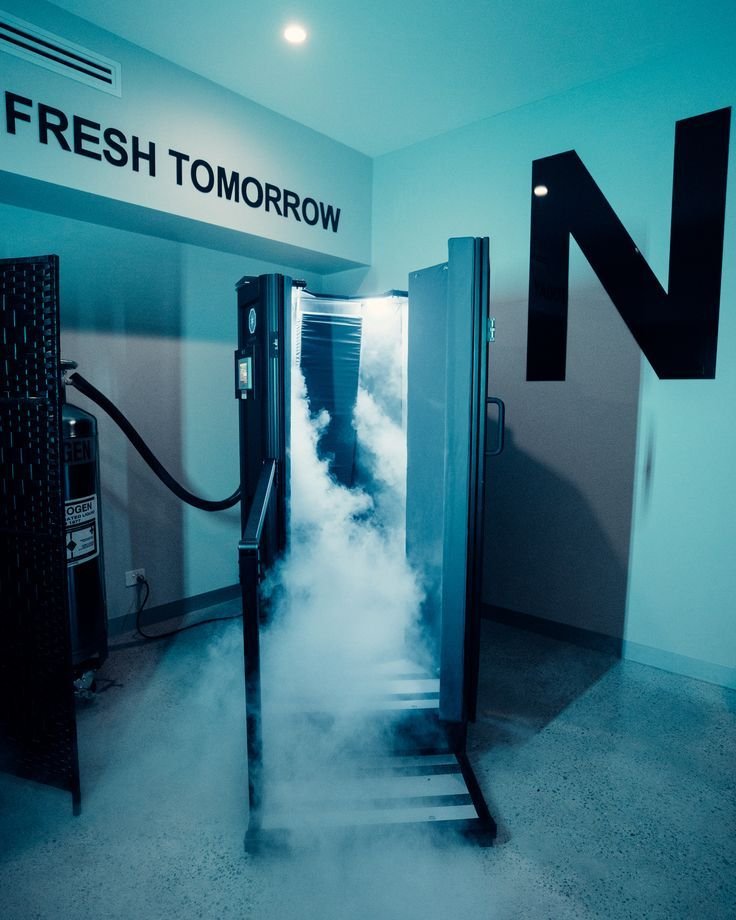Cold therapy benefits for recovery management and wellbeing
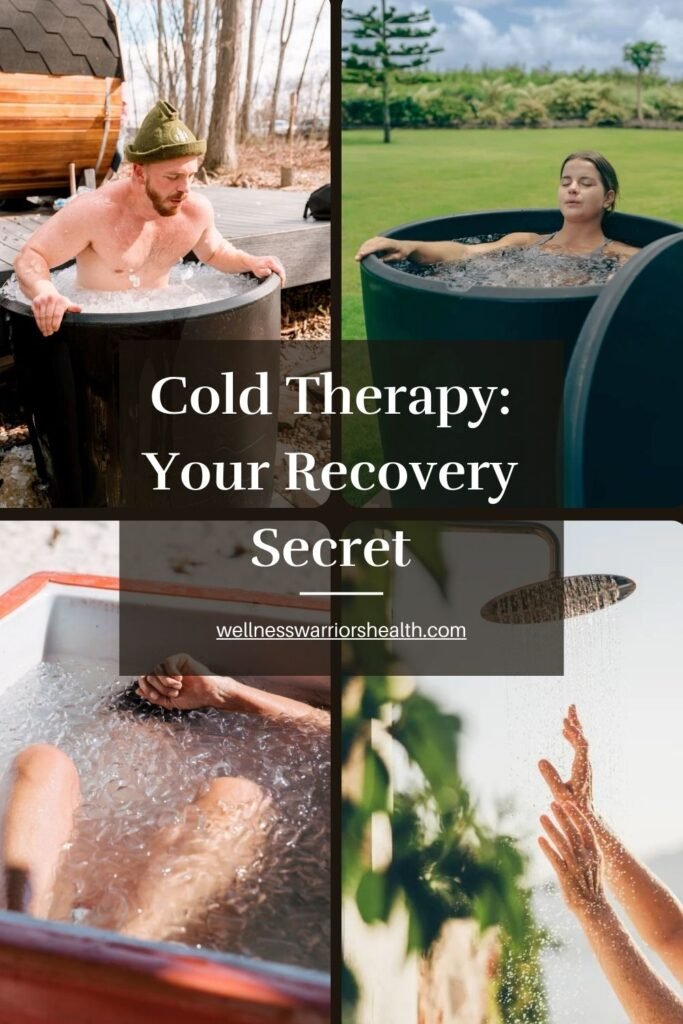
A Comprehensive Guide to Understanding and Using Cold Therapy for Pain Management and Recovery In recent years, cold therapy (also known as cryotherapy) has gained significant attention in the wellness community, from professional athletes to everyday fitness enthusiasts.
This ancient healing practice has evolved into various sophisticated treatment techniques, offering remarkable benefits for pain relief, recovery, and overall well-being. Let’s dive deep into the fascinating world of cold therapy and explore how it can revolutionize your approach to healing and recovery.
A global trend with amazing therapeutic purposes, amazing for well being, recovery and longevity. Try it out!
Understanding Cold Therapy: The Science Behind the Chill
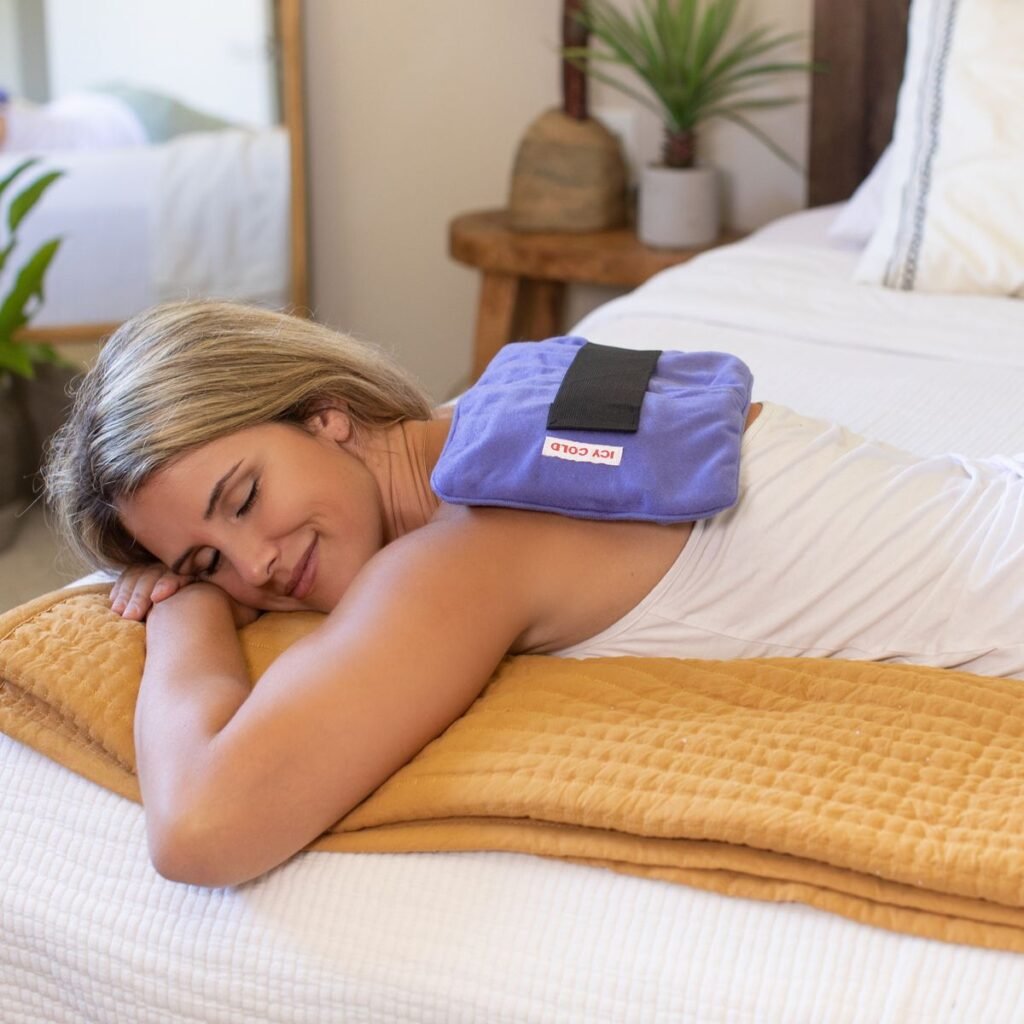
Cold therapy works through a fascinating interaction with our body’s natural processes. When cold temperatures are applied to an affected area, they trigger several physiological responses that contribute to healing and pain relief. The primary mechanism involves the constriction of blood vessels (vasoconstriction), which reduces blood flow to the treated area, helping to minimize swelling and inflammation.
The Body’s Response to Cold
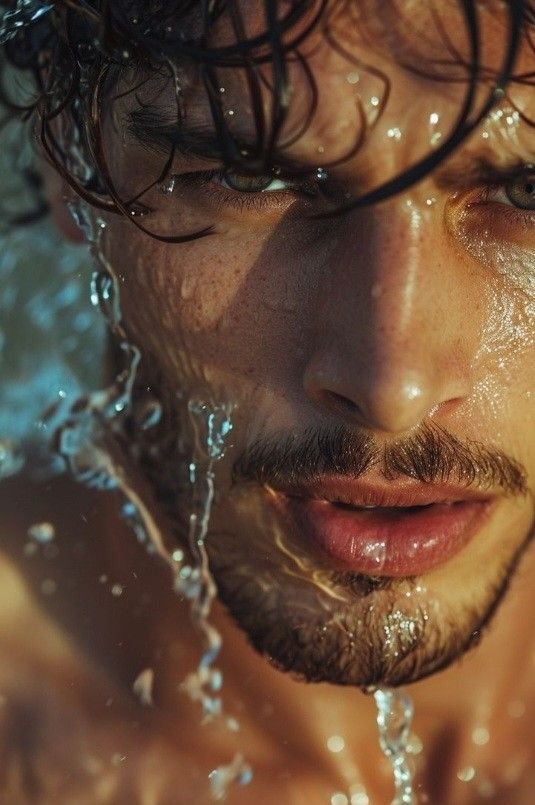
When you expose your body to cold temperatures, whether through an ice bath or cold packs, your circulatory system responds immediately. This response includes:
● Reduction in blood flow to the affected area
● Decreased inflammatory response
● Slowing of pain signals to the brain
● Reduced muscle spasms
● Decreased tissue damage in acute injuries
READ MORE: Get to know Bryan Johnson and His Longevity Secret!
Different Ways to Apply Cold Therapy
1. Ice Baths and Cold-Water Immersion
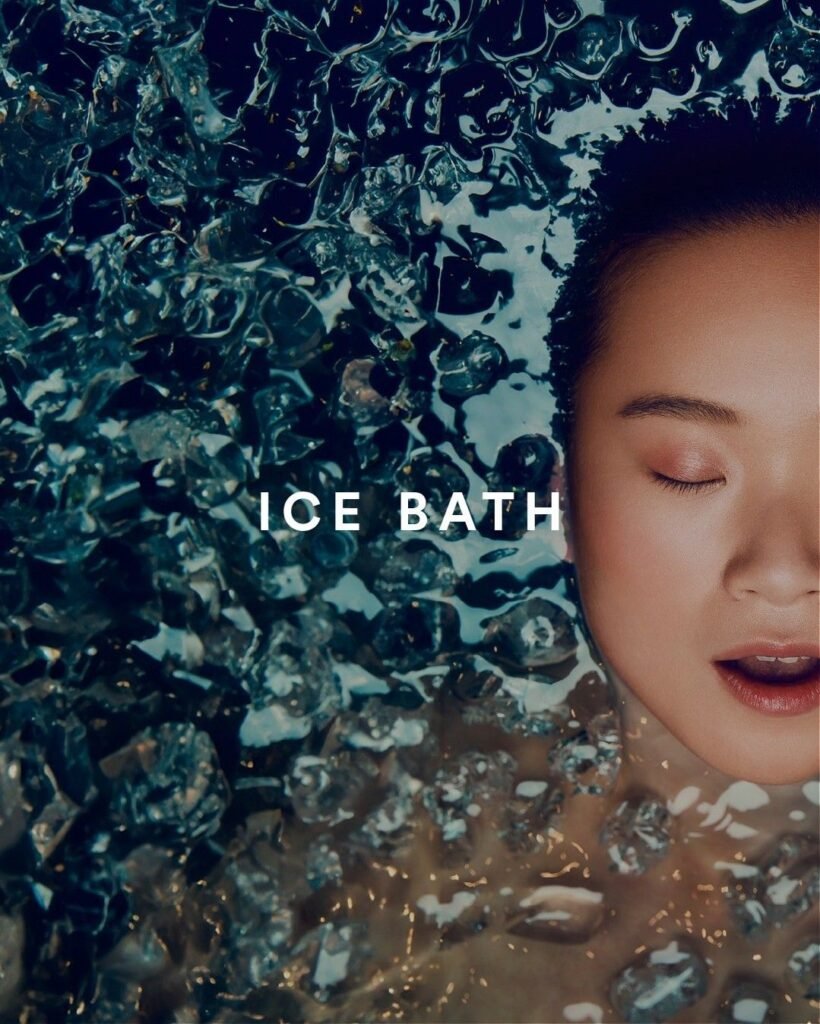
Ice baths have become increasingly popular among professional athletes and fitness enthusiasts. This method involves immersing the body in ice-cold water, typically up to shoulder height, with temperatures
ranging from 45°F to 60°F. Cold-water immersion is particularly effective for:
● Reducing delayed onset muscle soreness
● Decreasing inflammation
● Improving recovery time after intense physical activity
2. Whole-Body Cryotherapy
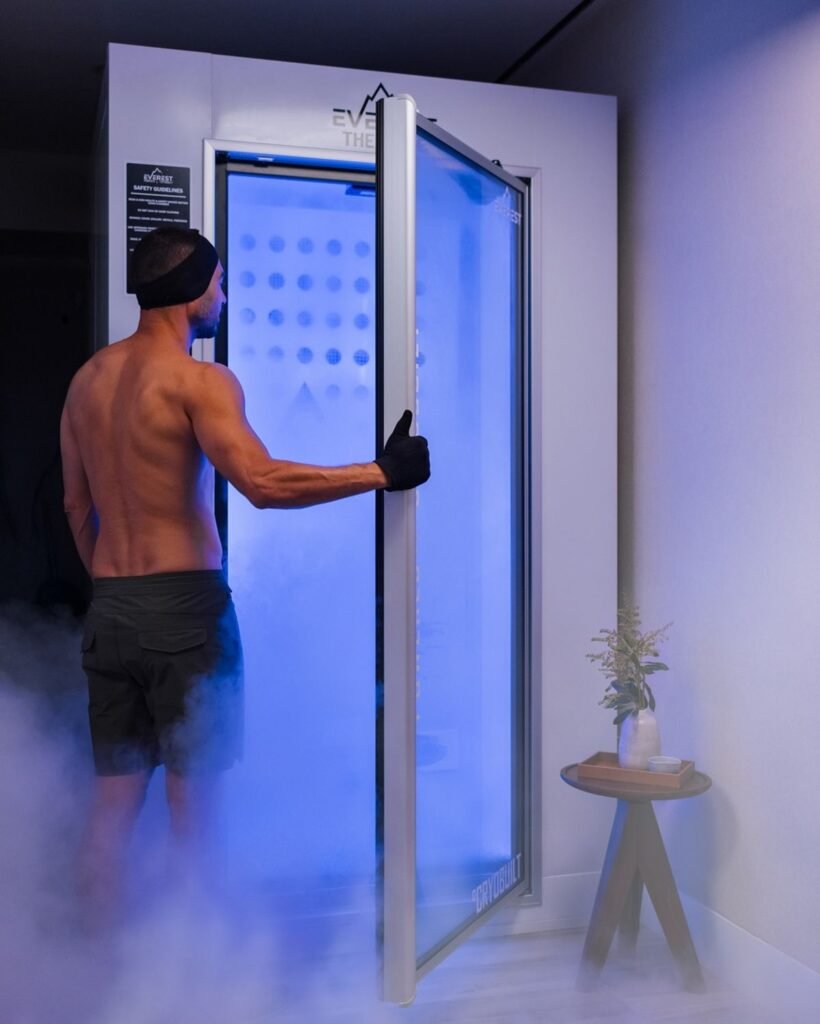
Cryotherapy chambers represent the cutting edge of cold therapy treatments. These specialized chambers expose the entire body to extremely cold air (-220°F to -280°F) for 2-3 minutes.
This treatment technique has shown promising results for:
● Enhanced recovery from sports injuries
● Improved skin health
● Boosted collagen production
● Increased metabolic rate
3. Localized Cold Therapy
Several methods exist for targeting specific areas of the body:
1. Ice Packs and Gel Packs:
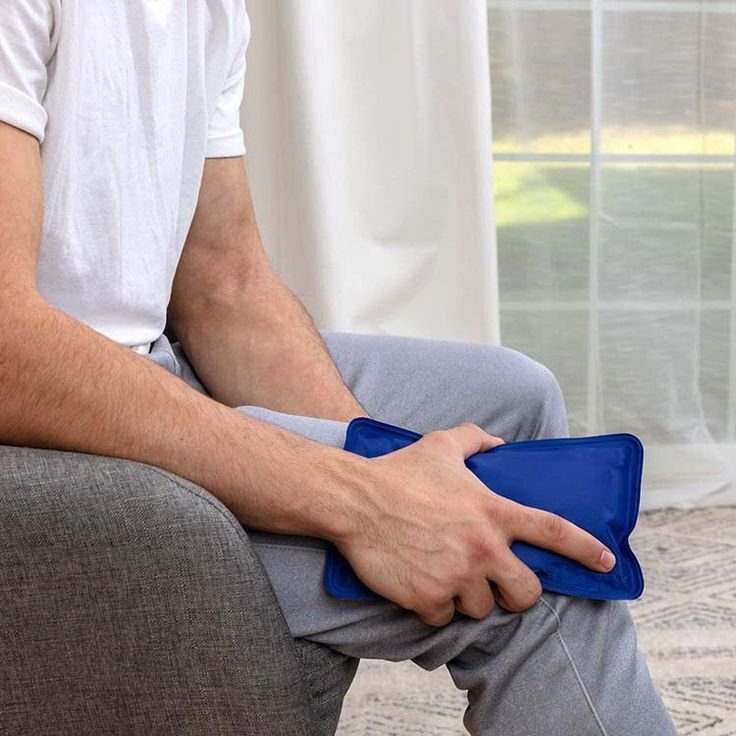
These simple yet effective cold therapy devices are perfect for treating particular areas and acute injuries
2. Cold Therapy Machines:
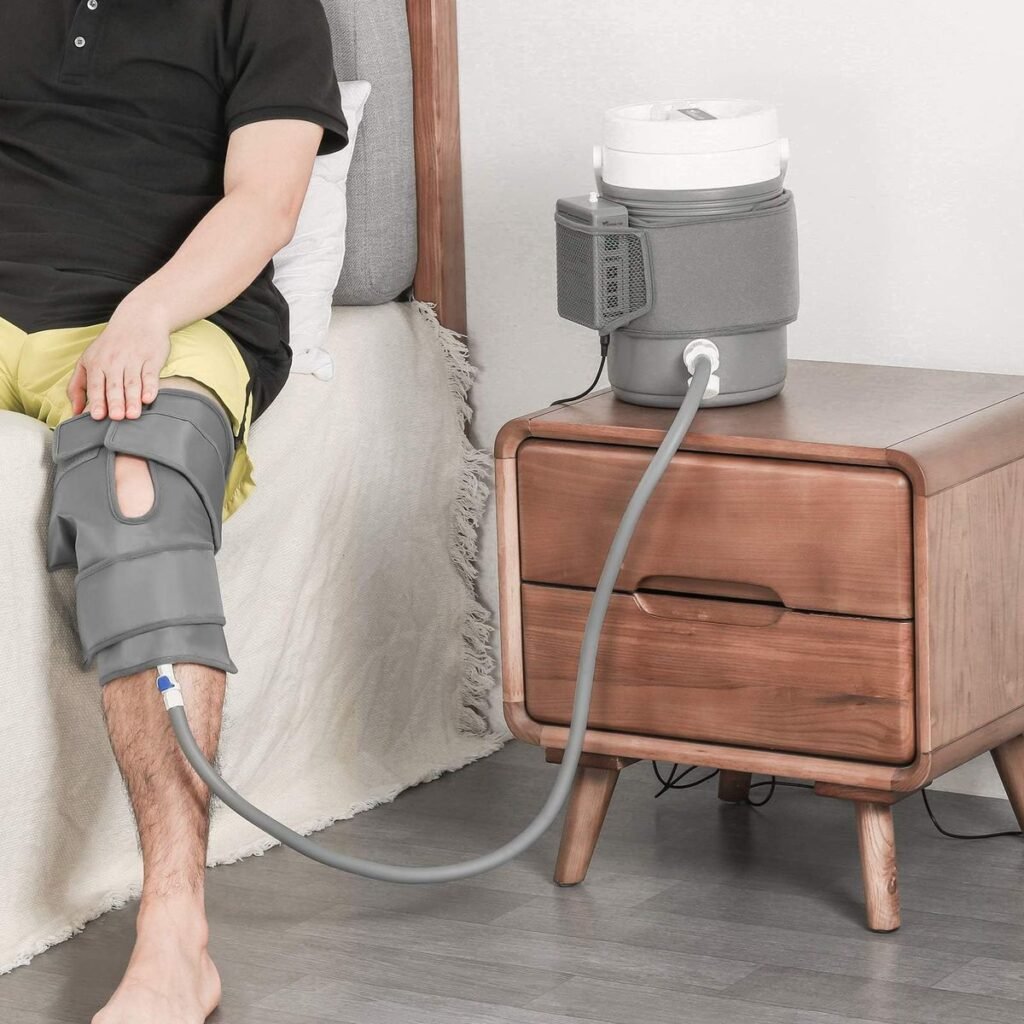
These sophisticated devices circulate cool water through specialized pads, providing consistent temperature control for optimal healing
3. Cold Compresses:
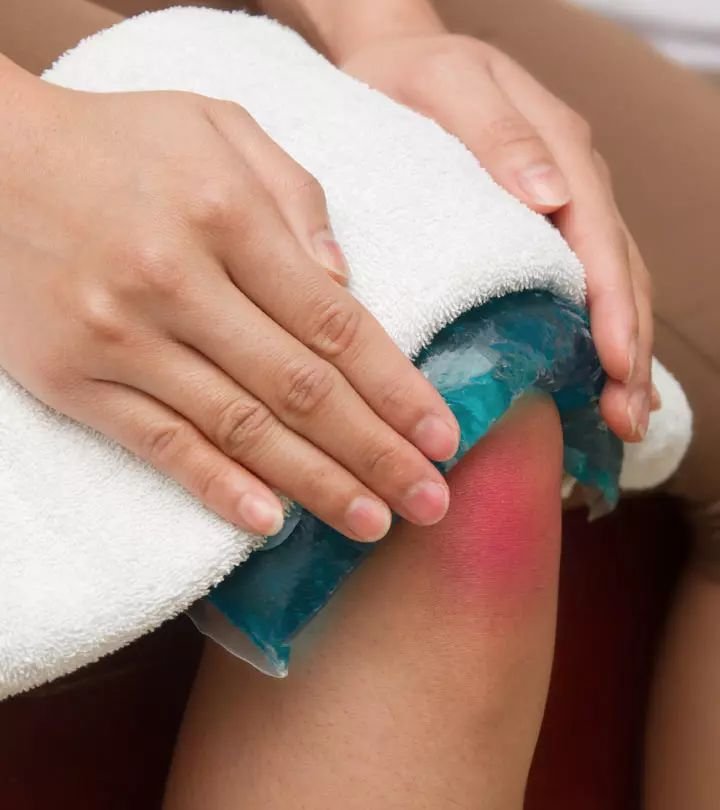
Ideal for immediate treatment of soft tissues and injured areas
4. Ice Massage:
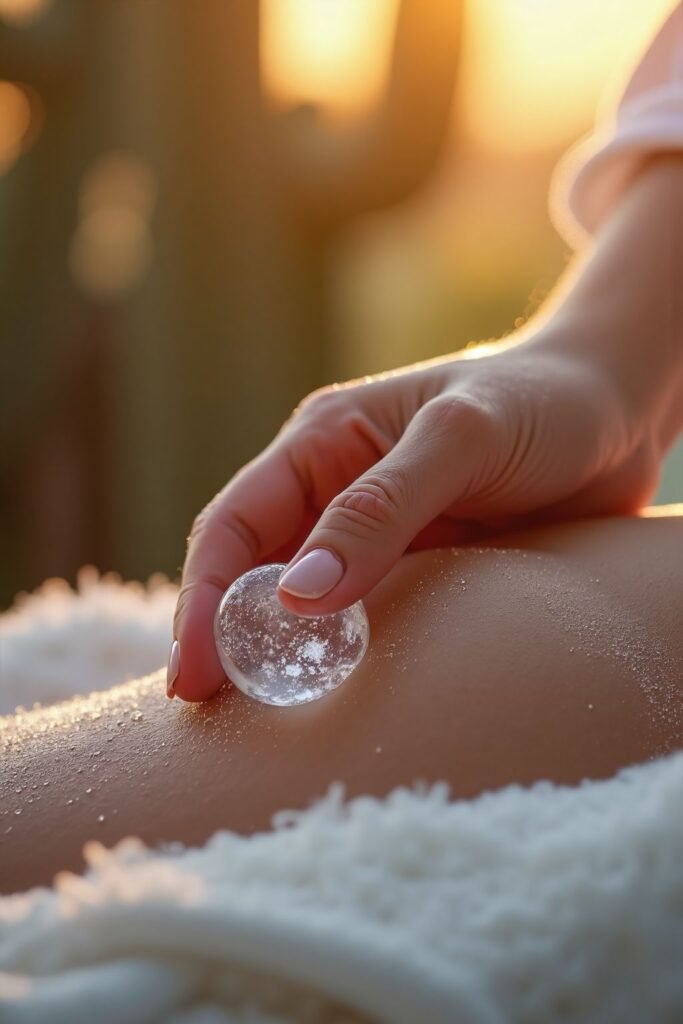
A targeted approach using an ice cube or specialized ice therapy tools
READ MORE: The Wim Hof Method, breathwork and cold therapy in one method!
Benefits of Cold Therapy
1.Pain Management and Recovery
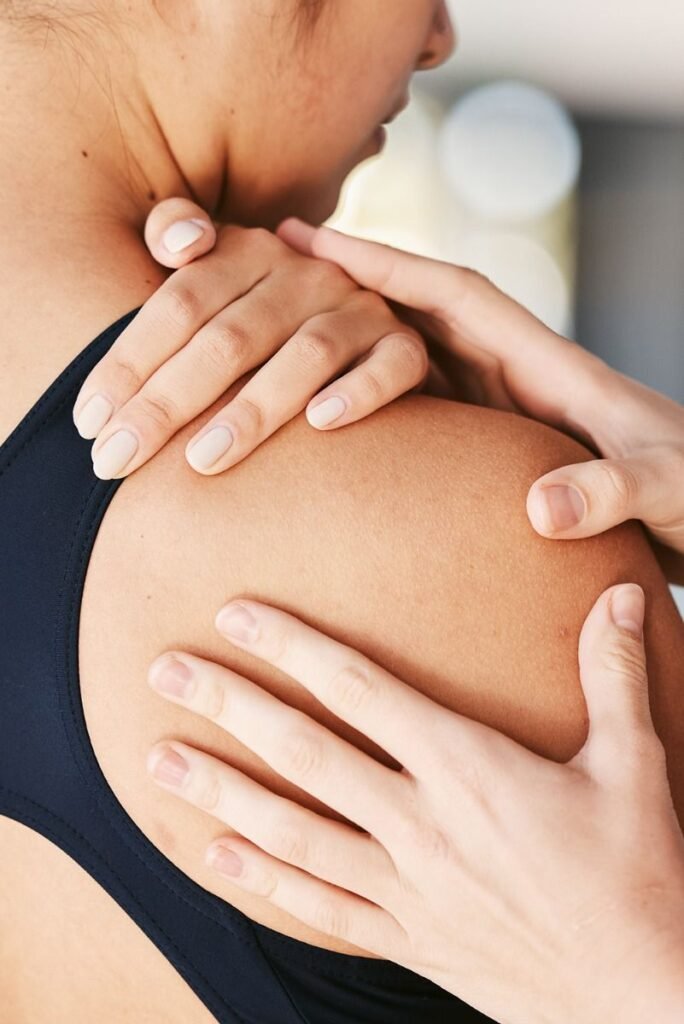
Cold therapy has proven particularly effective in managing various types of pain:
● Chronic pain conditions
● Acute injuries
● Muscle strains
● Low back pain
● Post-surgical recovery
2. Athletic Performance and Recovery
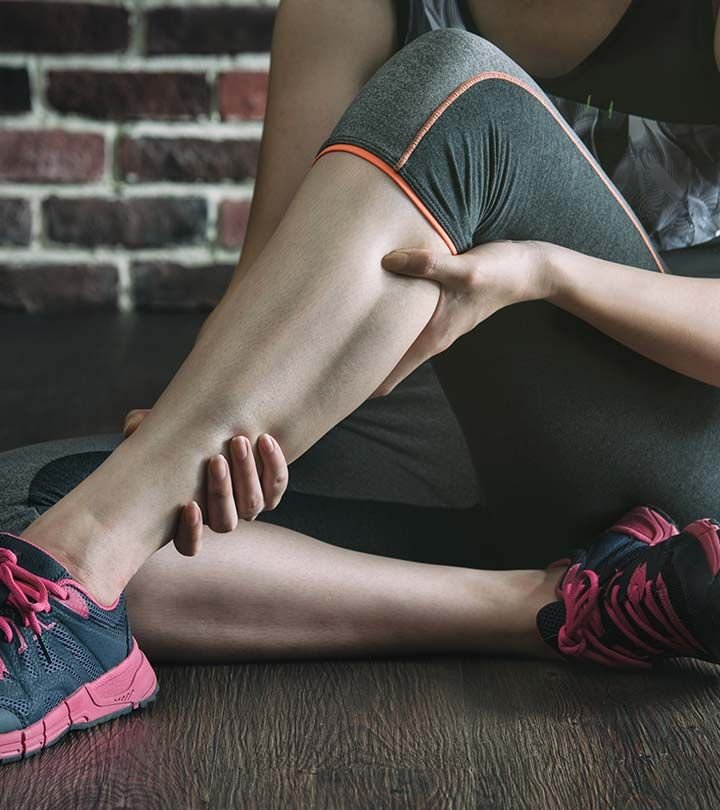
For athletes and fitness enthusiasts, cold therapy offers numerous benefits:
● Reduced muscle soreness
● Decreased recovery time
● Improved physical performance
● Lower levels of lactic acid
● Enhanced healing process
Comparing Cold Therapy with Other Treatment Methods
Cold Therapy vs. Heat Therapy
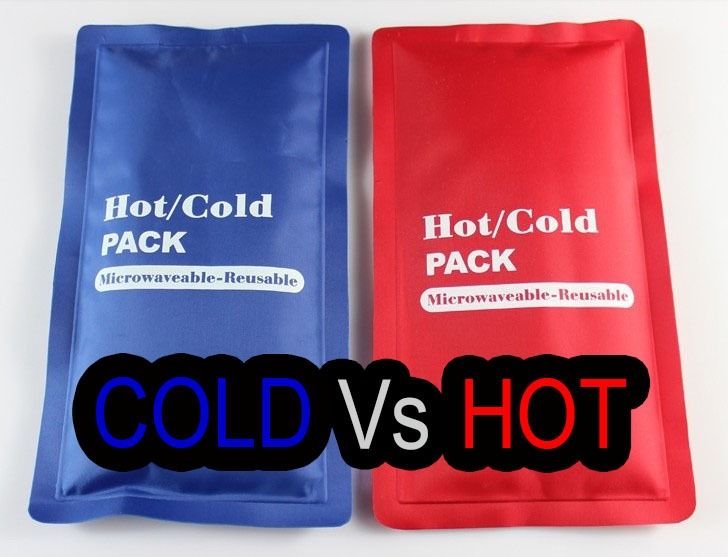
While both treatment techniques have their place in the healing process, they serve different purposes.
Cold Therapy is ideal for:
● Acute injuries
● Inflammation reduction
● Immediate pain relief
● Swelling management
Heat Therapy works better for:
● Chronic conditions
● Muscle relaxation
● Improving flexibility
● Increasing blood flow
Compression Therapy and Combined Approaches
Many healthcare providers recommend combining cold therapy with compression therapy for enhanced
results. This combination can:
● Facilitate edema removal
● Improve lymphatic drainage
● Speed up the recovery process
● Safety Guidelines and Best Practices
Recommended Temperature Ranges for Cold Therapy
Cold Water Immersion (Ice Baths)

The optimal temperature range for cold water immersion and ice baths is: 10°C to 15°C (50°F to 59°F)
This range is widely supported by medical and sports science sources as being both safe and effective For beginners, it’s recommended to start at the higher end of this range (closer to 15°C/59°F)
Whole-Body Cryotherapy Chambers
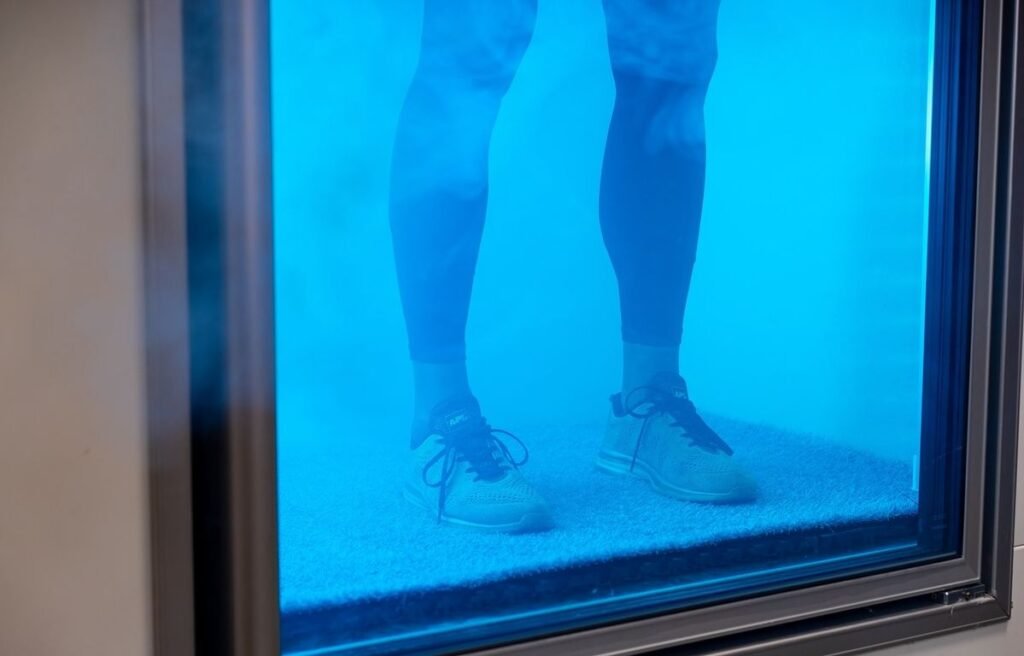
For cryotherapy chambers, the temperatures are much more extreme:
-30°C to below -110°C (-22°F to -166°F)
These sessions are very short (only a few minutes) to prevent hypothermia
Safety Thresholds to Consider
Important temperature-related safety guidelines include:
● Skin temperature should never drop below 12°C (53.6°F) to prevent adverse effects
● Tissue damage can occur at temperatures below 28°F (-2°C)
Scientific Support
Research has shown that:
“The most effective temperature range for therapeutic benefits is between 7°C to 15°C (45°F to 59°F)”
This range has been proven effective for:
● Reducing muscle soreness
● Enhancing recovery post-exercise
● Managing inflammation
● Reducing muscle soreness
● Enhancing recovery post-exercise
● Managing inflammation
Recommendations for Different Users
Beginners
● Start at the higher end of the range (around 15°C/59°F)
● Gradually decrease temperature as tolerance builds
● Keep sessions shorter initially
Advanced Users
● May explore slightly lower temperatures (down to 10°C/50°F)
● Can maintain longer exposure times
● Should still stay within the safe range to prevent injury
Important Safety Notes
1. Always monitor exposure time and temperature
2. Individual tolerance varies
3. Temperatures below 10°C (50°F) can increase risks of hypothermia with prolonged exposure
Consider consulting a healthcare provider before starting cold therapy, especially at lower temperatures Remember that these temperatures are guidelines, and individual responses may vary. It’s always better to start conservatively and adjust based on your body’s response and tolerance levels.
When to Use Cold Therapy?
Cold treatment is most effective when applied:
● Immediately after an acute injury
● Following intense physical activity
● During the initial stages of inflammation
● As part of a structured recovery program
Important Safety Considerations
Before starting any cold therapy routine, consider these safety guidelines:
● Consult with a healthcare provider or physical therapist
● Avoid direct contact of ice with skin
● Limit cold exposure to 20-30 minutes at a time
● Monitor skin response during treatment
● Be aware of contraindications
Contraindications
Cold therapy isn’t suitable for everyone. Avoid use if you have:
● Poor circulation
● High blood pressure
● Open wounds
● Nerve damage
● Certain medical conditions
The Future of Cold Therapy

The therapeutic use of cold continues to evolve with new research and technology. While some aspects still require more systematic review, the growing body of evidence supports cold therapy’s effectiveness for various conditions. Professional athletes, physical therapists, and healthcare providers increasingly recognize its value in maintaining good health and supporting the healing process.
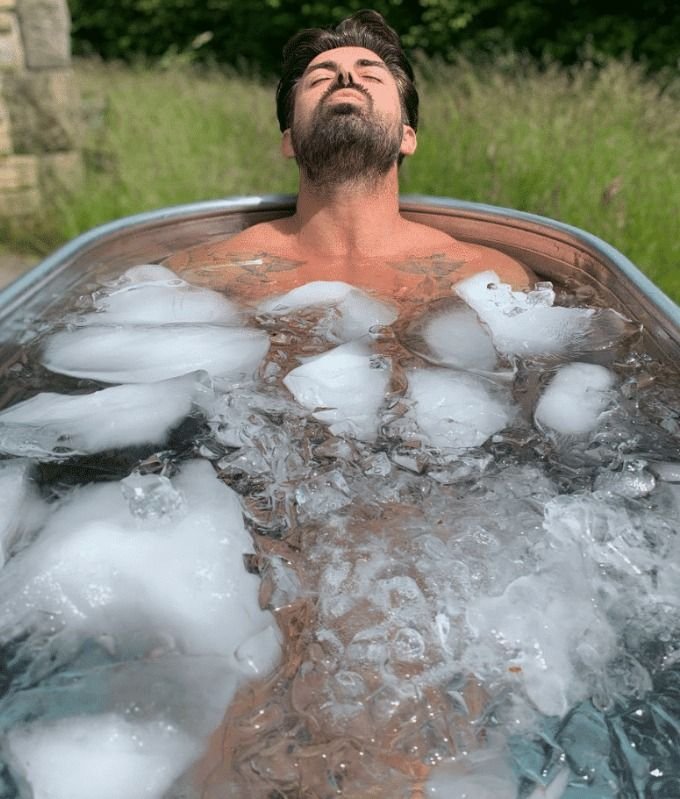
Cold therapy represents a powerful tool in the arsenal of wellness and recovery techniques. Whether you’re an athlete looking to enhance performance, someone managing chronic pain, or simply interested in improving your recovery process, cold therapy offers various methods to achieve your health goals. As with any medical treatment, consult with your healthcare provider to determine the most appropriate
approach for your specific needs.
Remember, while cold therapy can be highly effective, it’s just one component of a comprehensive approach to health and wellness. Combined with proper nutrition, adequate rest, and appropriate exercise, cold therapy can help you achieve optimal results in your wellness journey.

